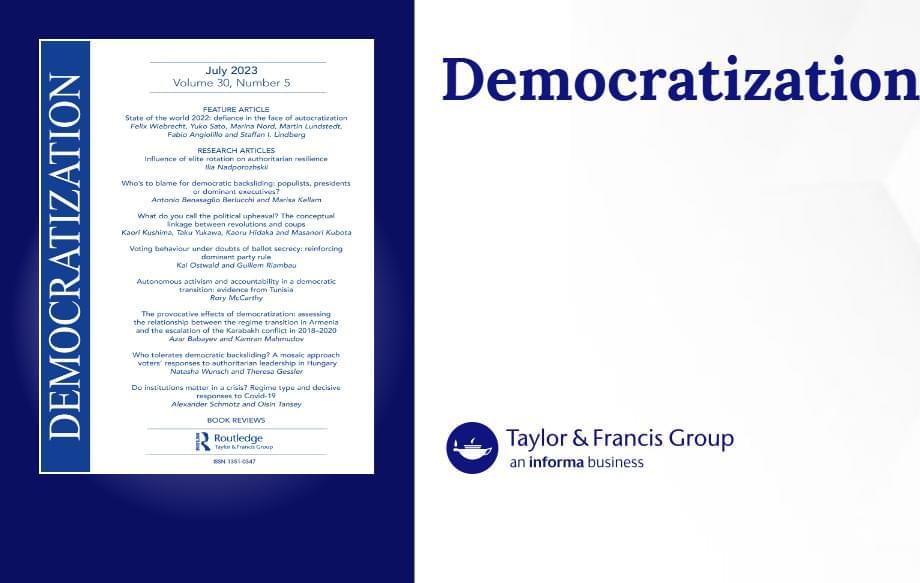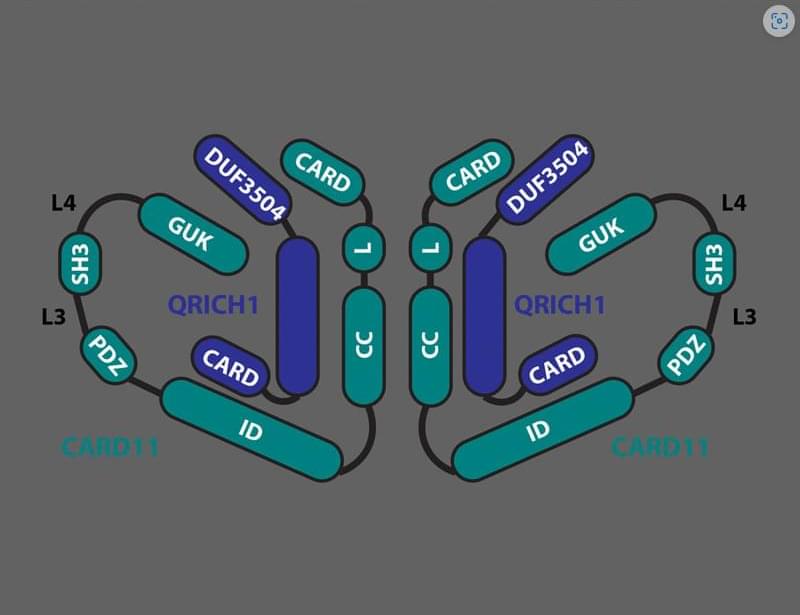CISA warns of CVE-2025–30066, a GitHub supply chain attack exposing secrets via compromised actions logs. Update tj-actions/changed-files by April 4.




Google is making the biggest ever acquisition in its history by purchasing cloud security company Wiz in an all-cash deal worth $32 billion.
“This acquisition represents an investment by Google Cloud to accelerate two large and growing trends in the AI era: improved cloud security and the ability to use multiple clouds (multicloud),” the tech giant said today.
It added the acquisition, which is subject to regulatory approvals, is meant to provide customers with a “comprehensive security platform” that secures modern IT environments.
331 Android apps with 60M+ downloads ran full-screen ads, stole credentials, and bypassed security in a large-scale ad fraud and phishing scheme.

Arizona-based Western Alliance Bank is notifying nearly 22,000 customers their personal information was stolen in October after a third-party vendor’s secure file transfer software was breached.
Western Alliance is a wholly owned subsidiary of Western Alliance Bancorporation, a leading U.S. banking company with over $80 billion in assets.
The bank first revealed in a February SEC filing that the attackers exploited a zero-day vulnerability in the third-party software (disclosed by the vendor on October 27, 2024) to hack a limited number of Western Alliance systems and exfiltrate files stored on the compromised devices.

Against the backdrop of global democratic backsliding and the rise of authoritarianism, Footnote 1 the nature of authoritarian propaganda and public diplomacy has undergone significant changes. In particular, the transformation of the information environment brought about by the global proliferation of social media has created new avenues for authoritarian states to exert influence over democratic publics. Footnote 2 Notable examples include Russia’s intervention in the 2016 U.S. presidential election Footnote 3 and the dissemination of disinformation regarding COVID-19 by Chinese diplomats. Footnote 4 These actions are referred to as “sharp power,” defined as attempts to “pierce, penetrate, or perforate the information environments in the targeted countries” Footnote 5 with the aim of altering public opinion in democratic countries to favour authoritarian regimes. Footnote 6 Unlike soft power, which appeals to cultural and value-based attractions, sharp power operates as a means to destabilize target countries, weaken their commitment to democracy, and enhance the perceived superiority of authoritarian systems using disinformation and economic incentives. Footnote 7
At the core of sharp power lies the narrative, which is a story-based message that appeals to emotions and values, Footnote 8 and by sustaining attention and fostering emotional resonance, narratives often influence audience behaviour more than objective statistical facts or logical arguments. Footnote 9 Given their persuasive power and emotional impact, narratives are a potent tool for shaping people’s attitudes and behaviours. Political actors leverage narratives not only to strengthen their own position but also to undermine the arguments of opposing forces. Footnote 10 In particular, authoritarian governments use favourable narratives both domestically and internationally to reinforce the legitimacy of their regimes and to emphasise the superiority of authoritarian systems over democratic systems, thereby contributing to a global power shift.

The XPRIZE Design Studio is an annual opportunity for anyone, anywhere, to share their vision for a potential prize competition at XPRIZE. It will run from February 18 – April 15, 2025.
The XPRIZE Design Course can be completed in just over one hour and exited at any time. Each submission will be carefully reviewed by domain experts and weighed against the need for innovation in the chosen area. After submission, you will receive an email confirmation of your entry along with a short survey to provide your feedback. Successful ideas will proceed to the next step in the XPRIZE design process.
*for more information on how to get started click on the link*.
Tell XPRIZE how you want to improve the world.

I think Paul may have posted this already, if so here is some more information from a site about drug repurposng. Its really cool.
Click the video above to watch a story that ran on CBS Evening News about leucovorin for ASD.
Every Cure is excited to highlight the potential role that leucovorin (folinic acid) may play in improving verbal communication in some individuals with autism spectrum disorder (ASD) who have speech challenges and certain antibodies that cause a vitamin deficiency in the brain. As a nonprofit research organization committed to identifying and elevating potential repurposed treatments, we’ve summarized information about this promising drug repurposing opportunity below.
A vitamin deficiency may contribute to speech challenges in some individuals with ASD.


A new study published in Cell Reports reveals a breakthrough discovery linking genetic variants in the gene ITSN1 to a significantly elevated risk of Parkinson’s disease, a neurodegenerative condition that affects nearly 2% of adults older than 65 years.
These findings were subsequently validated across three independent cohorts comprising more than 8,000 cases and 400,000 controls. Importantly, ITSN1 carriers trended toward earlier age of disease onset.
ITSN1 plays an important role in how neurons send messages to each other – a process called synaptic transmission – making it particularly relevant to Parkinson’s disease, a condition in which disruption of nerve signals leads to the typical symptoms of impaired gait and balance, tremors and rigidity. “We also showed in fruit flies that reducing ITSN1 levels worsens Parkinson’s-like features, including the ability to climb. We plan to extend these investigations to stem cell and mouse models,” the author said.
Interestingly, previous studies have recently implicated similar ITSN1 mutations in autism spectrum disorder (ASD). Other emerging data also have suggested an association between ASD and Parkinson’s disease, indicating that people with ASD are three times more likely to develop parkinsonism.